Normally, this is my vertical about making and imbibing worthwhile spirits. Less so during Lent. Here, I’ve taken the crazy-making online trend of burying a recipe underneath an interminable personal anecdote, but have dialed up the effect by not even bothering to include a drink recipe. Please enjoy.
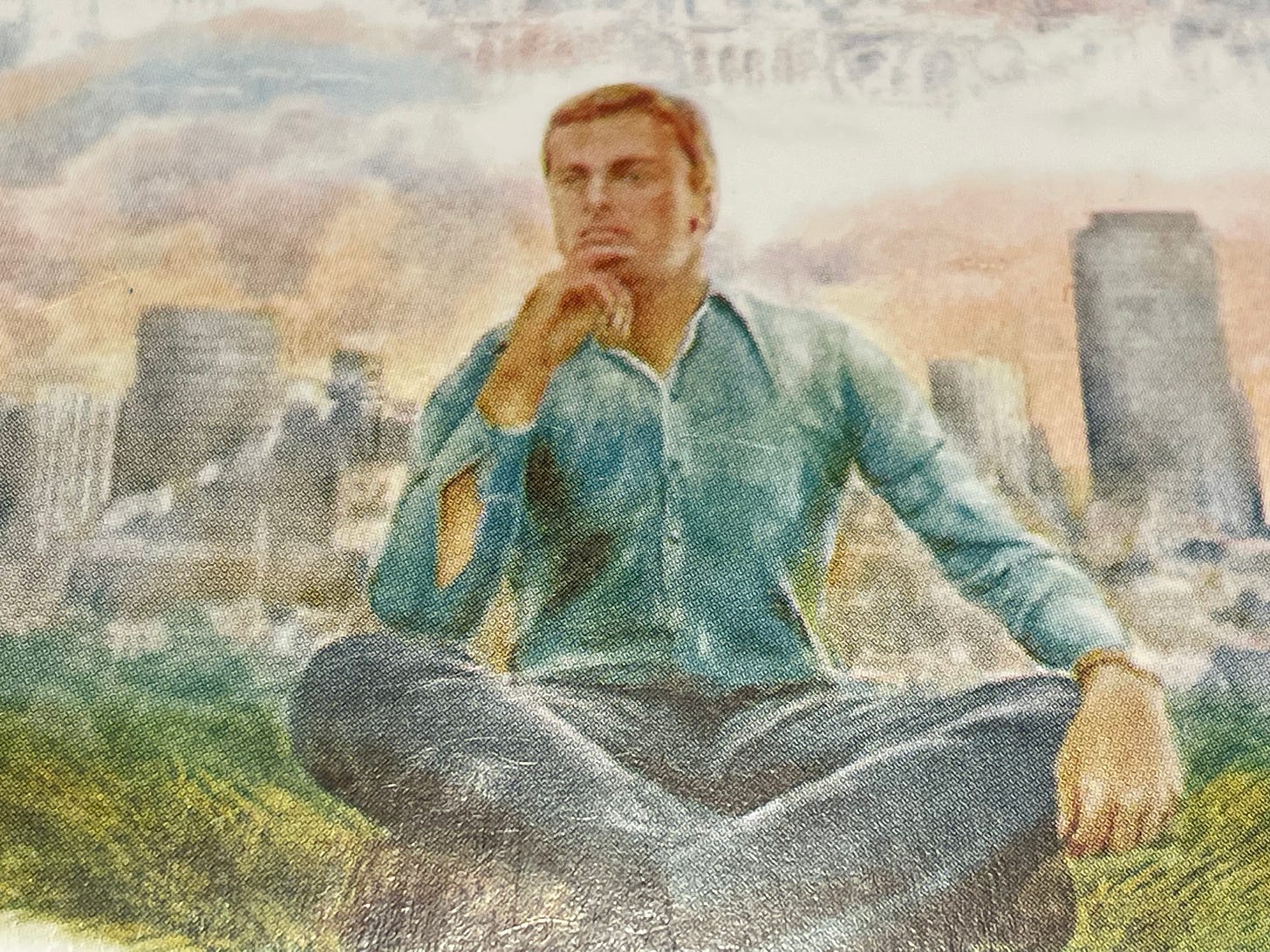
//
I. A Big Swing on Limoncello
This is my third year giving up drinking for lent (some years more successful than others). It always feels a bit more personal/meaningful doing it now than during Dry January, Sobruary or any of those other nonsense months now manufactured and popularized like so many Hallmark holidays. And my experience is exactly what you’d expect from reading other thinkpieces about not drinking—I (regrettably) end up having a ton of energy and free time. My mood is worse, of course, but everything else is the picture of de-inflammation. I suppose my body appreciates what the mind cannot.
It also helps reinforce how much of my professional and personal life is built around drinking (no judgment or stigma there either, my relationship to coffee culture nets the same observations). It makes me think of the artist Josh Agle, professionally known as SHAG, who had a similar realization about the role of alcohol in his life after falling through a giant Mid-century modern window (something else we have in common). In a 2017 interview he had this to say about it:
Agle said too often his life imitated his funky party scenes that he captured on canvas. He got caught up in the shaken-not-stirred crowd and realized he needed to stop. Three years ago, he put down the cocktail glass for good.
“I used to call drinking ‘career research’ because everything I did revolved around situations where people were drinking,” Agle said. “But at some point, the career research got to be too much and all I was doing was career research.”
On an early morning in 2010, after returning from a red-eye trip to the United Kingdom, Agle decided to start painting but wearily stumbled and fell through the floor-to-ceiling window in his house. He awoke in intensive care, having suffered cuts, bruises and mild nerve damage in his right shoulder.
I walked through my own glass pane at a friend’s wedding rehearsal in 2015. The floor to ceiling glass panels had become less than optimally visible with the setting sun.
I also walked through the glass door because I was inebriated, but it makes me feel better to know that the event hosts started putting masking tape ‘X’ marks on the giant windows and doors as a warning to other guests after someone else tried to walk through one while I was down the hill getting stitches in my hand and leg. At least that’s what people told me, maybe to make me feel better as a kind of ‘could have happened to anyone’ consolation gesture. In the ensuing years, it became a decent joke and one of many token stand-in memories of what a good time we must have been having. It also inspired this beauty of a callback that popped up on a trip to Lake Arrowhead with some of the same friends five years later in 2020:
This is all to say I am aware of the double digit percentage of my life built around social drinking, but I just do my lenten penance to God and intend to go on the same. As I am going to insist Thich Nhat Hanh would say, my trip through the giant glass window was a bell of mindfulness, it awakened me from my forgetfulness, but also served to call me back to myself, my drinking self.
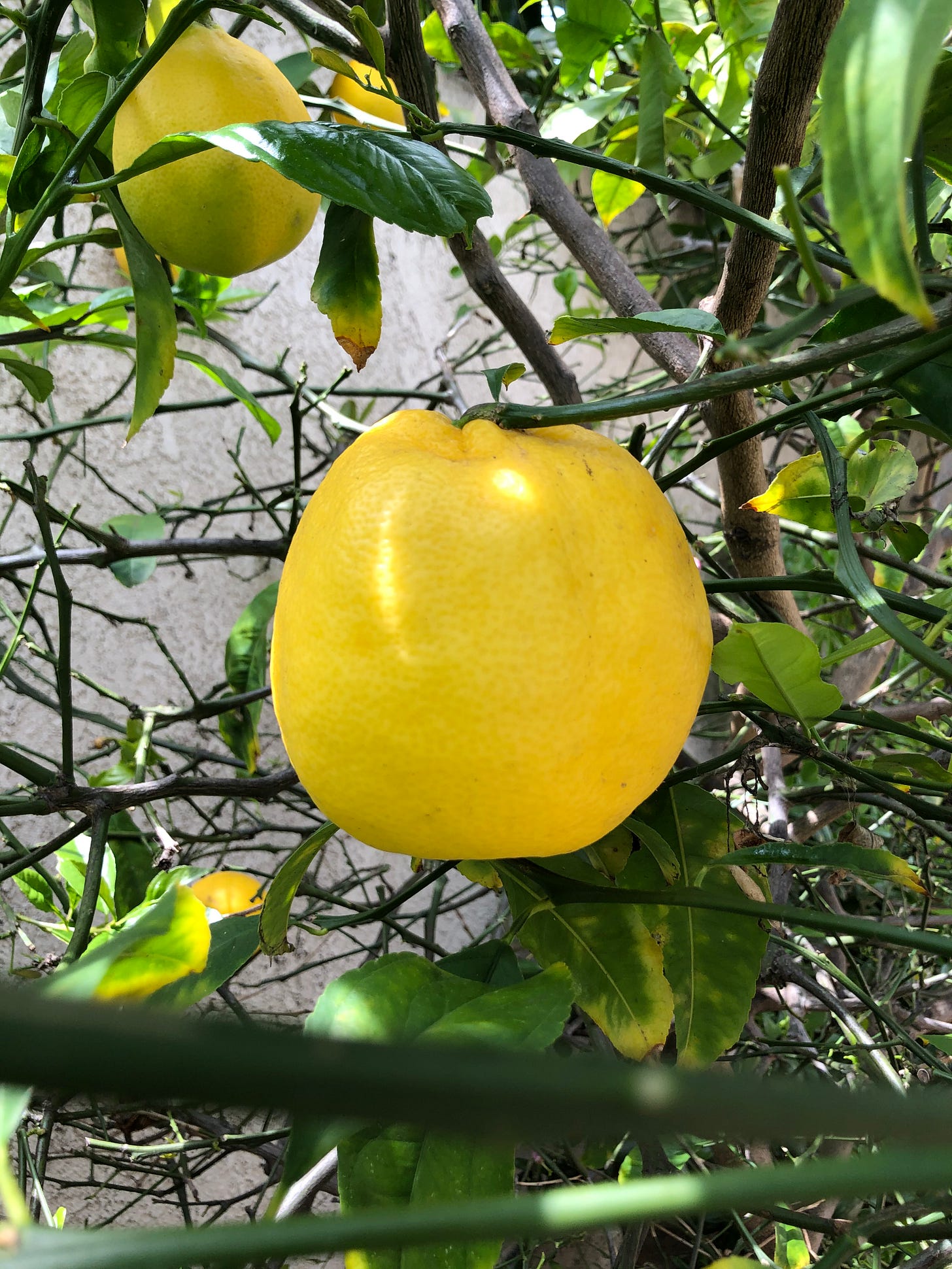
So for this lenten season I am trying my hand at making Limoncello again. The method is simple. You steep lemon peel (or zest) in a natural spirit and let it sit in an air sealed jar for four to six weeks (or longer). It’s the perfect beverage to have ready to decant when I’m back on the drinking scene.
I followed this recipe (or just a vibe really) from this guy on the Internet forum homedistillers.org. Overall, I like his approach and methods—he’s in favor of things like adding wood chips, or even just a little bit of dark rum to add complexity (a little bit of pith for bitterness as well—a more bitter limoncello is more useful for mixology than a straight sugary one).
I tried making limoncello at my last house and learned that lemons of inferior quality make equally bad limoncello. My current lemon trees produce great tasting and useful fruit, and I’ve combined them with some I’ve taken from our friends’ place as well (they have the closest thing to an Amalfi variety I’ve seen in the states—fruit with amazing flavor and fragrance, even on the rinds). By using lemons from both houses, the idea is to make a kind of ‘friendship limoncello,’ a spirit embodying the complexity and character of both homes’ varieties. With the exception of a small amount of dark rum added, I’ve also tried to make this more of an Old World limoncello by using a Nebbiolo Grappa as the neutral spirit.
The last limoncello I tried to make was so awful, I figured I’d try to take a bigger swing on this version—it needs to be really delicious or really awful so that it can lead to something worthwhile to iterate on every year. The number of lemons we produce means I am mostly making cleaning spray with them, so a twice annual batch of limoncello to share with friends would be a much better use.
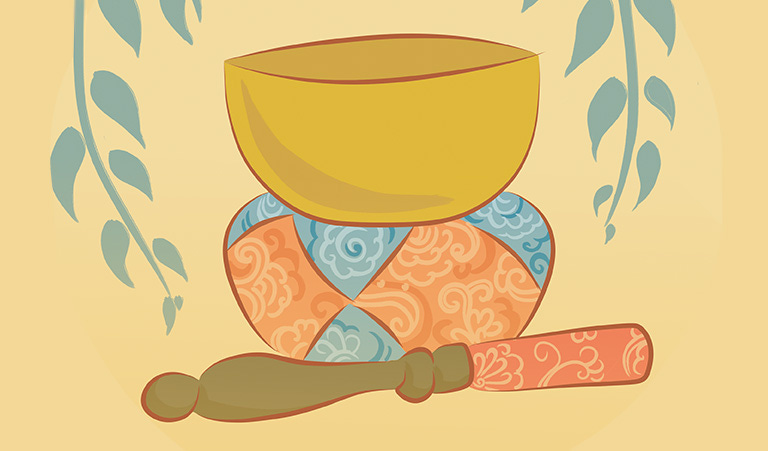
II. Dystopian Ads for the Media Illiterate
And now we move from contemplation of the sacred inner to confrontation with the profane outer world. There are two recent advertisements (both related to champions of the Mid-TV genre) that make me think we are in a new era of stupidity for corporate product advertisements and tie-ins. Studios, production companies or somebody is so eager for the cash, and the sponsors are so self-assured of the upside of these stunts, that we now have ads that beggar belief for their tonal dissonance and proud ignorance of their source material.
Here are the two ads making me feel like an old man yelling at clouds:
Philips Norelco and Severance.
This one is an ad for shaving razors, intercut with a trailer for season 2 of Severance. Yes, “[p]repare for the day ahead” by shaving your face for your surrealist nightmare job.
On its face, it’s loathsome return to office propaganda (please waste your life in commuter traffic so that we can sell more razors), but it’s also lazy, strange and completely unrelated to the source material, unless the big pitch was that Severance is a show about work (though increasingly, it is not), and that people shave for work (increasingly, they do not). On the show, Lumon (which now approves of this razor?) certainly acts like an extreme cult that holds its workers in bondage, but it doesn’t matter much for our purposes of selling razors. Something being Lumon-approved gives me “the preferred shoe polish of Nazis” vibes. None of this seems to have mattered for purposes of green lighting this commercial tie-in.
“Sip into the White Lotus” [internal screaming]
…this one makes me insane for how prominent it is (playing before the show itself). And am I supposed to see the actor here or the character he plays in the show? Which guy is asking me to drink this ultra-basic martini made from well spirits? Either way, we have a character on the show who is an aspiring (or actual) sexual predator (turned prey) and the namesake hotel chain he wants to “transport” us to is a place where people are awful to themselves and others (and are reliably murdered). Why would I want to think of The White Lotus at all while drinking this? Is this meant to be enjoyed non-ironically? Like the razor ad, it’s like no one asked these questions or considered the answers.
Maybe the committee felt this would prove how cool/unconcerned and hip brand owners Nolet and Diageo are? Because it makes it look like they will take any promotional opportunity they can get, subtext or explicit text be damned. This ad campaign ignores the most basic component of the show’s narrative (that taking an expensive vacation to escape from the self is a grand delusion).
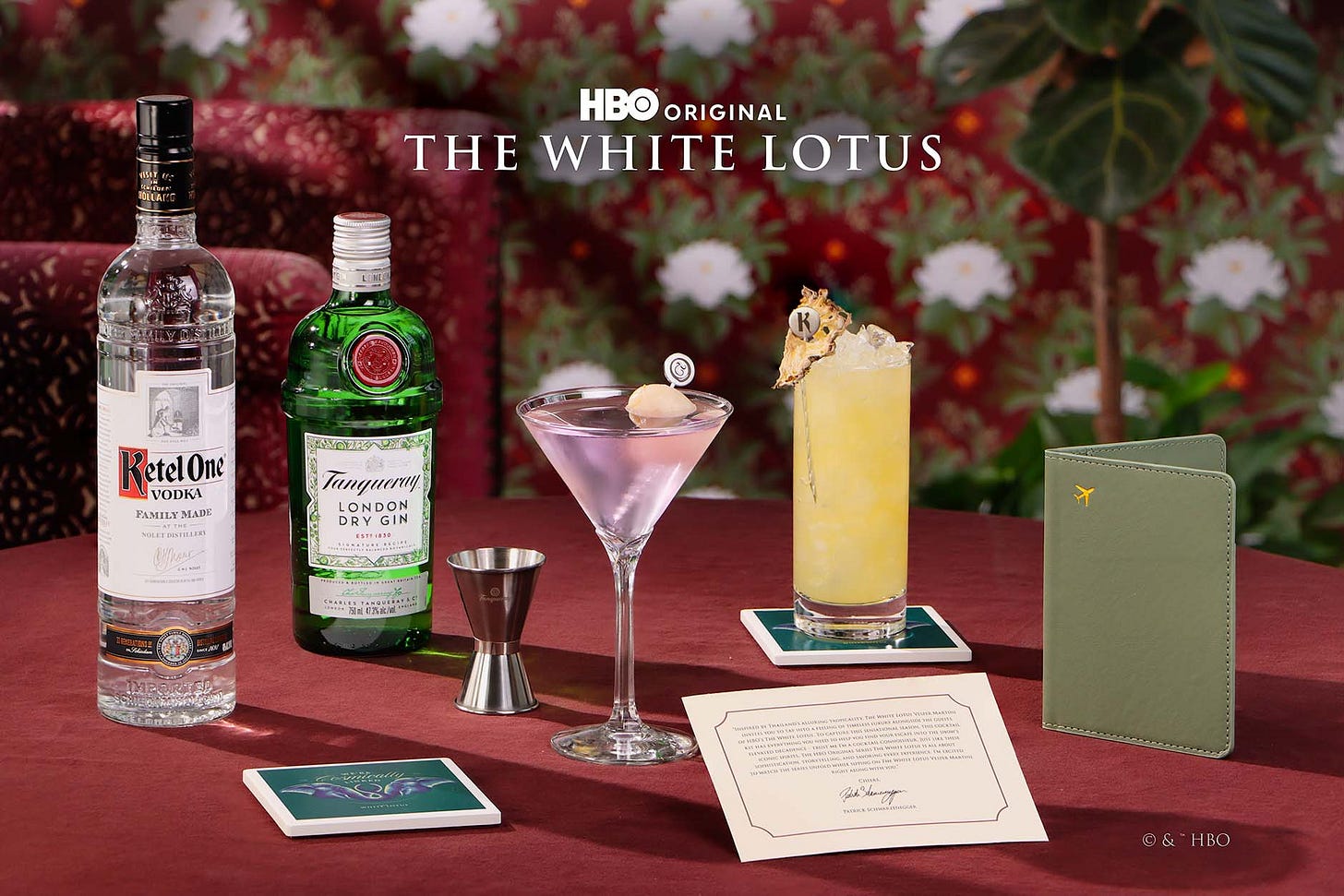
The marketing copy espoused by Schwarzenegger to The Robb Report is not helping:
I’ve been a huge fan of Ketel One Vodka and just started a partnership with them. They brought in Tanqueray Gin for this Sip Into The White Lotus campaign. It’s this cool idea of infusing cocktails with the flavors and elements of Thailand. It’s that kind of escapism where the second you take a drink, you’re transported to your perfect place, which is The White Lotus. They’re creating all of these different kits which will allow people to experience Thailand and The White Lotus in an elevated cocktail set.
This show might be weak satire, but the themes of the cocktail tie-in campaign manage to somehow betray even the simple and shallow ‘rich-people-behaving-badly’ premise. Instead of living like the show’s actual characters (who are partying to forget their real life problems), we are given marketing copy about how the hotel is a perfect place and that the drink helps you escape and relax. The explicit text and themes of the show tell us that The White Lotus hotel is not relaxing and you don’t want to be there. What then are we being asked to aspire to or emulate by engaging with these cocktails? No one knows, least of all the brand owners.
The White Lotus peddling the aspirational and transportive effects of travel and alcohol is such an odd fit. It would be a little bit like The Handmaid’s Tale selling wine. Oh wait, they did that.
In the end, it’s safer to just watch the show for vibes anyway: it’s a bit of fun, held up by the opening title sequence and the excellent score work of Cristobal Tapia de Veer (timecode 22:05 in the linked video if you want to have a new appreciation for season 2’s theme, Renaissance, and how the composer thinks the darker elements of the song drive its euphoria).
So why care about these kinds of ads at all? Here’s my best pitch: the shows of ‘HBO Sunday’ (and other vaguely similar prestige television shows) are the last fragments of a shared monoculture—something we can point to as Americans as our undeniable cultural output (the rest of the arts are still there, but works in other media like paintings, literature, and even film, circulate in ever shrinking and insular communities of appreciators and connoisseurs—and their diminished popularity leaves them less able to speak for and about the culture as a whole).
So television is our current, dominant cultural art form (losing ground quickly to the continued rise of YouTube, TikTok and other internet-based content) and the disconnect between these ads and the works they are marketing off of leaves me with the impression that our culture can now only produce commerce, and that we’re played for fools when we conflate these television programs with an art that will have any kind of longevity. And it’s very fitting for these times. Like the spoonful of plastic we are maybe carrying around in our brains now, these media illiterate ads mean our art is full of plastic as well.
I’m left with the uncomfortable, creeping feeling that the advertisements are a given show’s real subtext—the rest is just an illusion you can sip into.
III. Internet Bycatch
Once again displaying the bounty of the internet deep.
If you miss true prestige television, check out Il Gattopardo on Netflix (it’s the real thing, with six very expensive looking episodes, best viewed in the original Italian with subtitles). Taking place around Italian unification in the 1860s, this show is gorgeous (sun baked villas, overgrown parlor palms, and a weary Sicilian nobleman who doesn’t care what country he’s a part of so long as he can go on vacation). Did I leave my sideburns just a little bit longer after watching this? Yes.
The Leopard on Netflix also got me thinking about the accumulation of New World plants in Europe—you have hundreds of years of collecting and it’s not period inappropriate for a show set in the 1800s to have cactuses, agaves and many other plants from all over the planet already nicely settled in Italy. Here’s a nice photo essay look at one of the more famous acclimatization gardens in Italy:
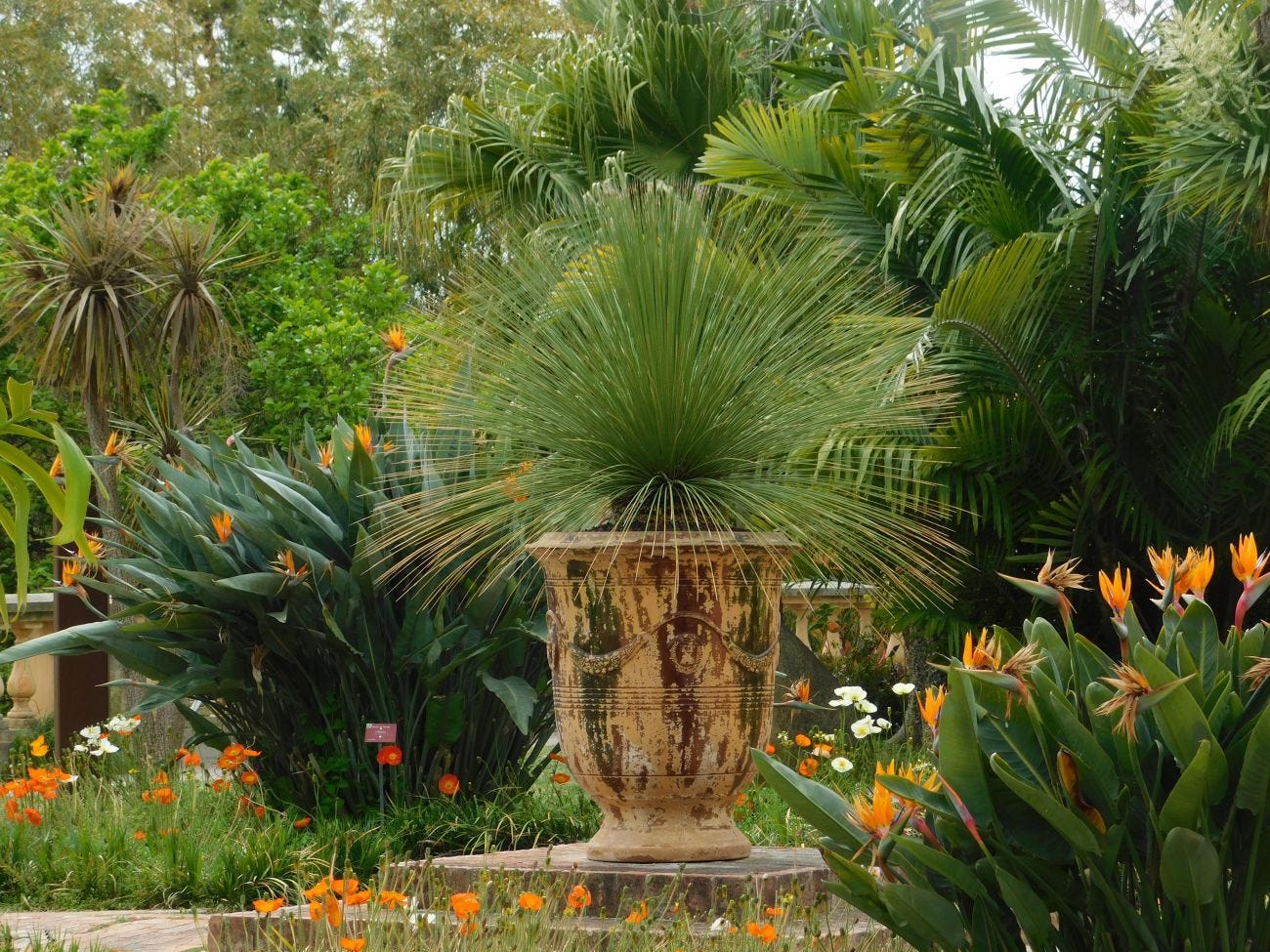
And a noteworthy outcome in combating the global cactus trade. Around 840 rare, slow growing copiapoa cactuses (native to Chile’s Atacama desert) have been sent back to that country, although they can’t be replanted in the wild.
A field bar worth considering, from the makers at Gerstner.
If you want a camera but don’t want it to be the FujiFilm X100VI, here’s a duo of new cameras:
Drake’s with a profile on Wes Anderson’s music supervisor, Randall Poster.
Sabah, which I’ve written about here (my favorite warm weather/travel show) has been putting R&D hours into a new kind of desert boot. Very intriguing.
The Armoury’s Spring/Summer Lookbook has the founder Mark Cho wearing the closest thing to my daily uniform that I’ve seen in media. Cream trousers, a polo shirt and a safari jacket (although the texture on the one he’s wearing is an enviable kind of tone-on-tone seersucker).
The Assouline travel series books are hard—they are a trope now, but their ubiquity also points to how good they are. Just for the mood they can evoke, I have Athens, Capri, French Riviera and the Amalfi Coast on rotation in my home (a few of those kept me sane during COVID for their ability to transport you somewhere else). Now comes their Palm Springs volume—not going to buy it, but definitely going to look through it when I inevitably find it in a hotel lobby.
Salute! Alla Vostra!




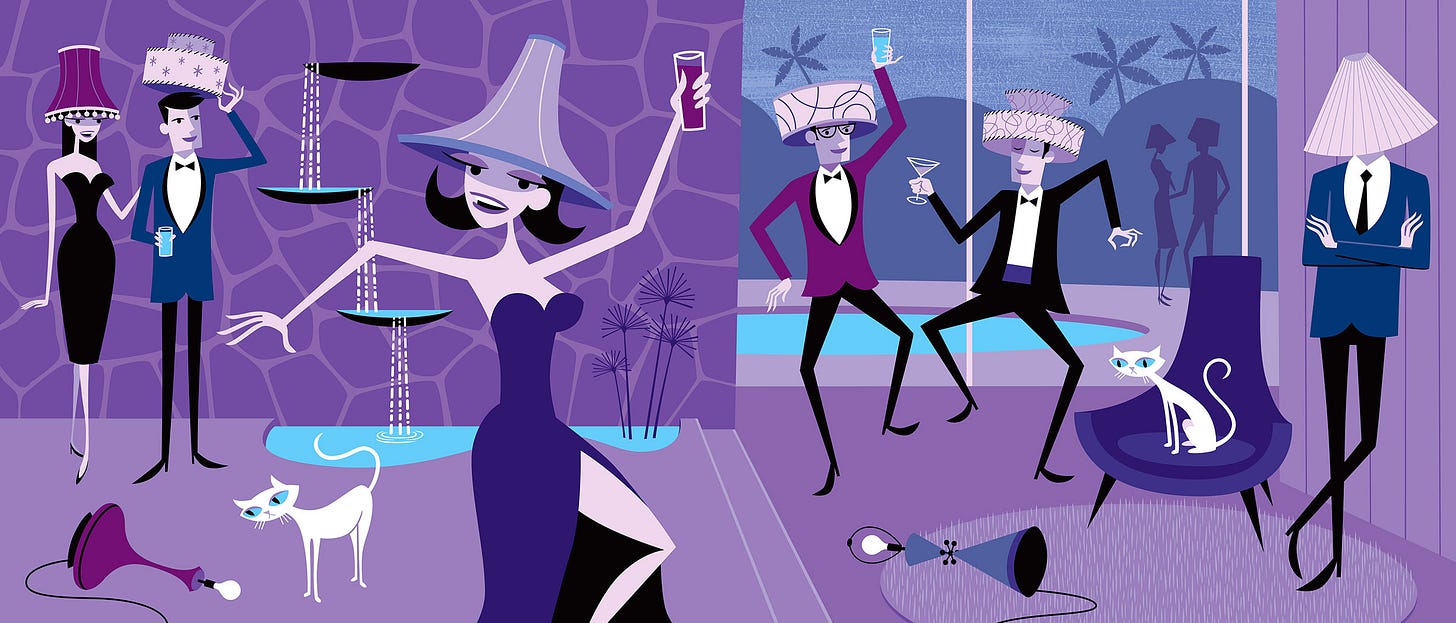
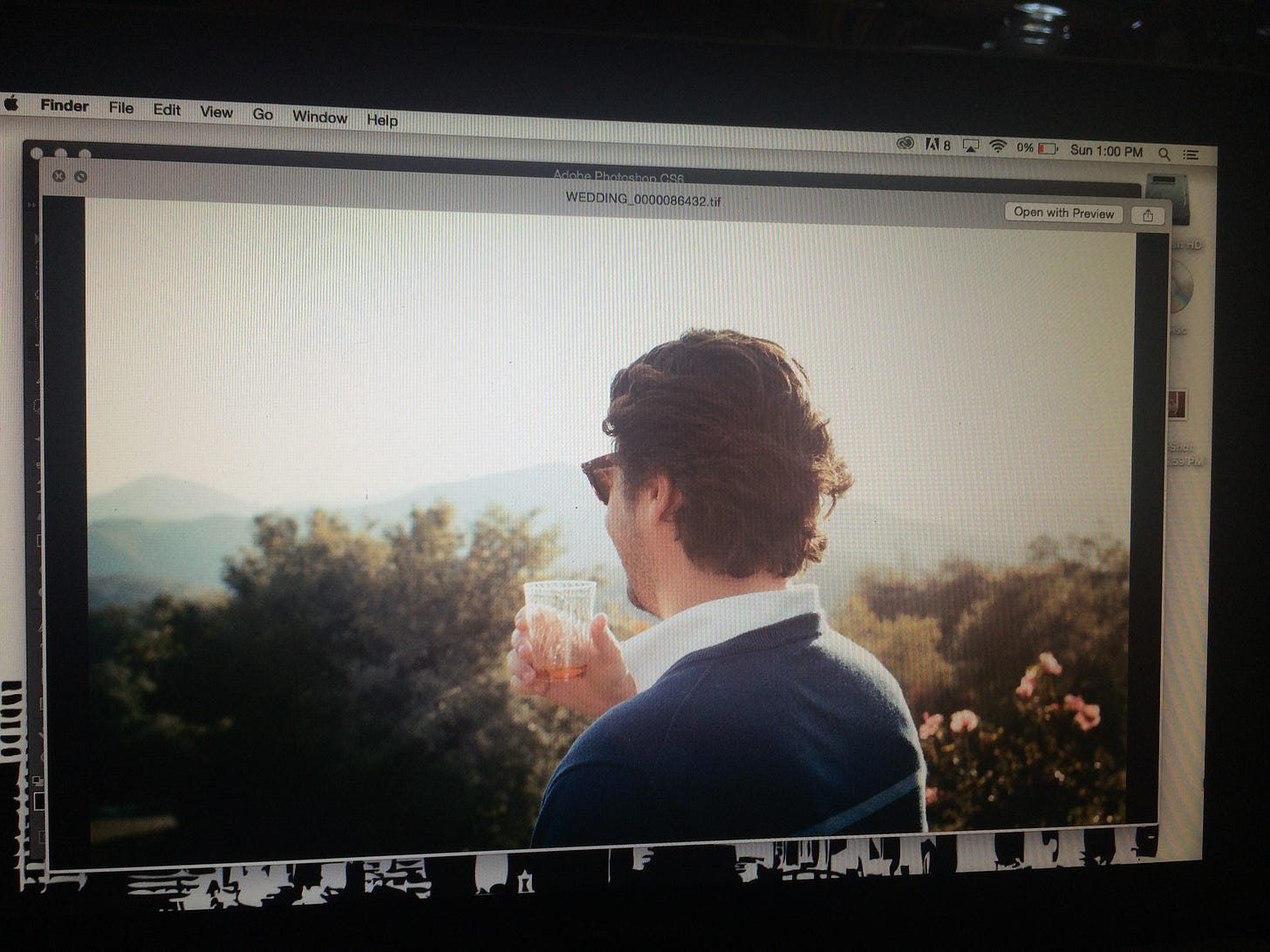
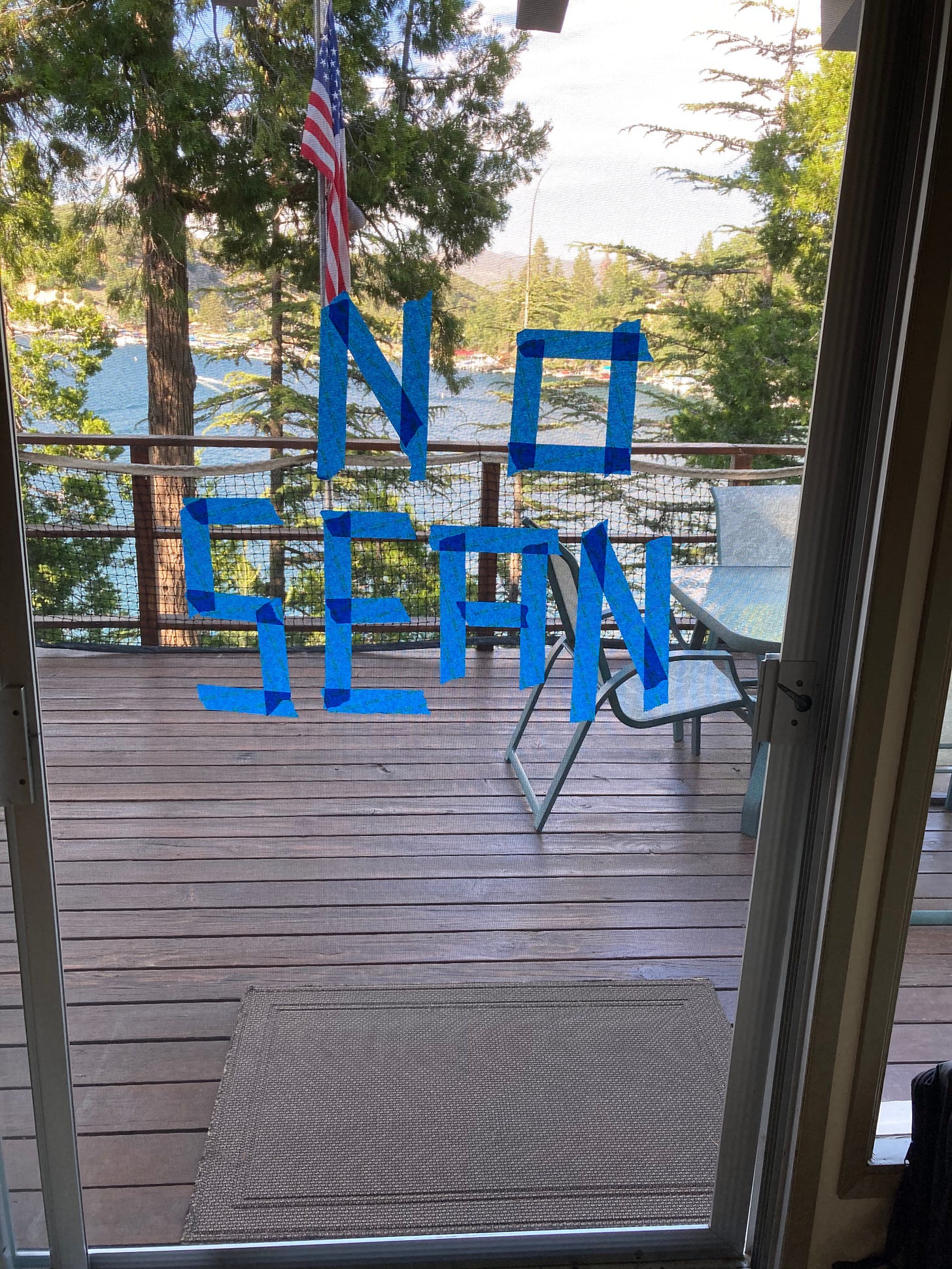
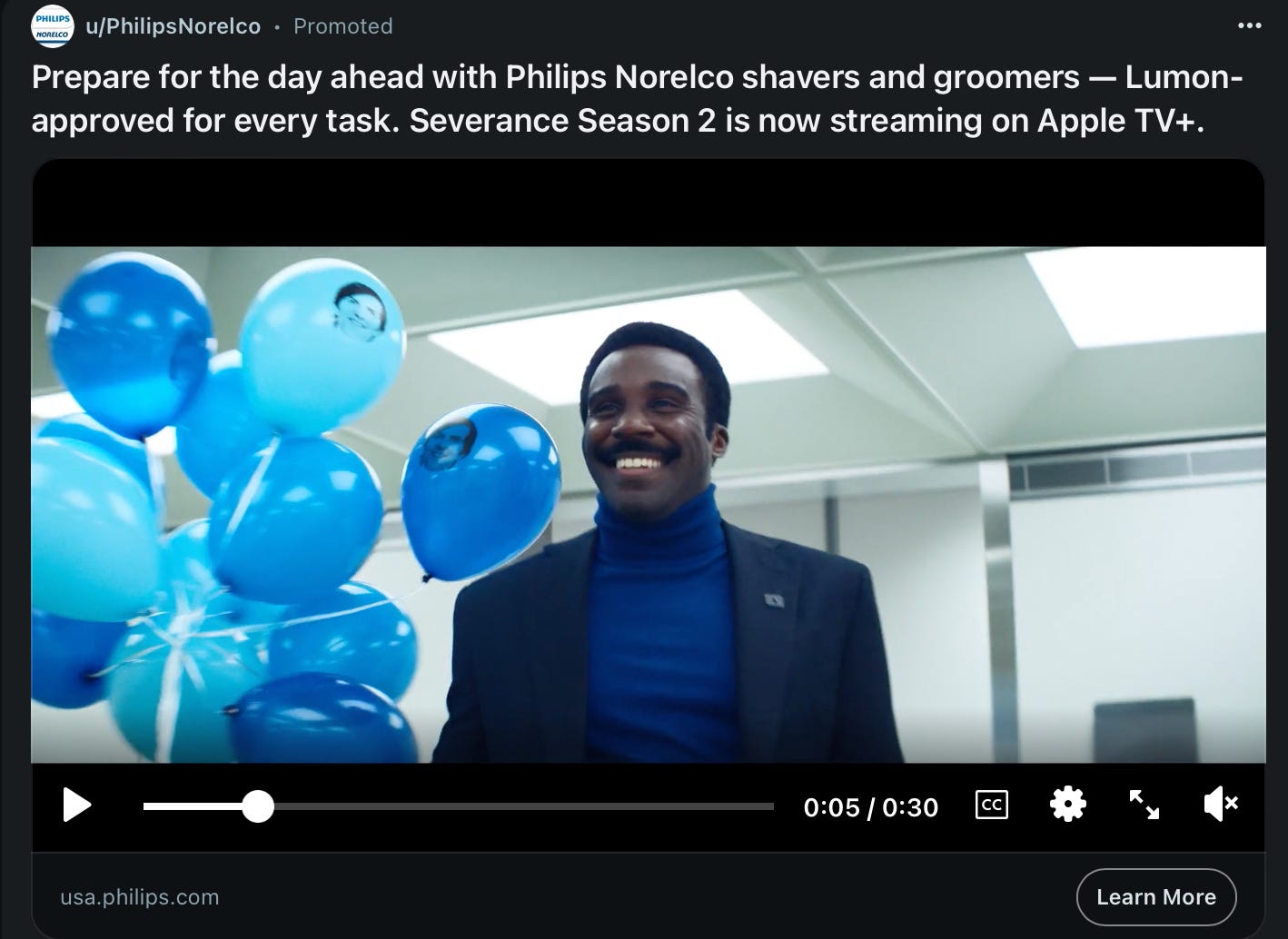

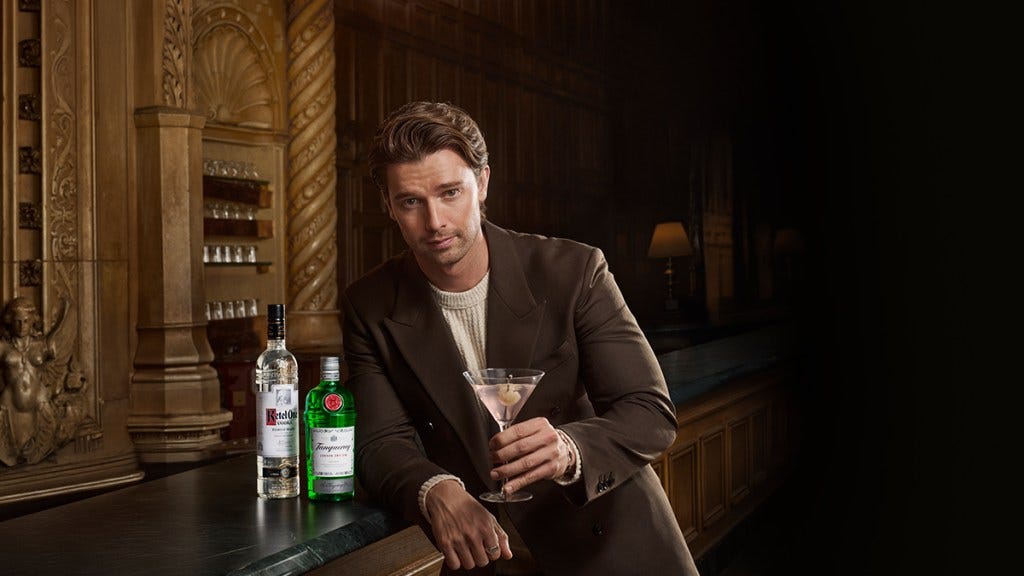


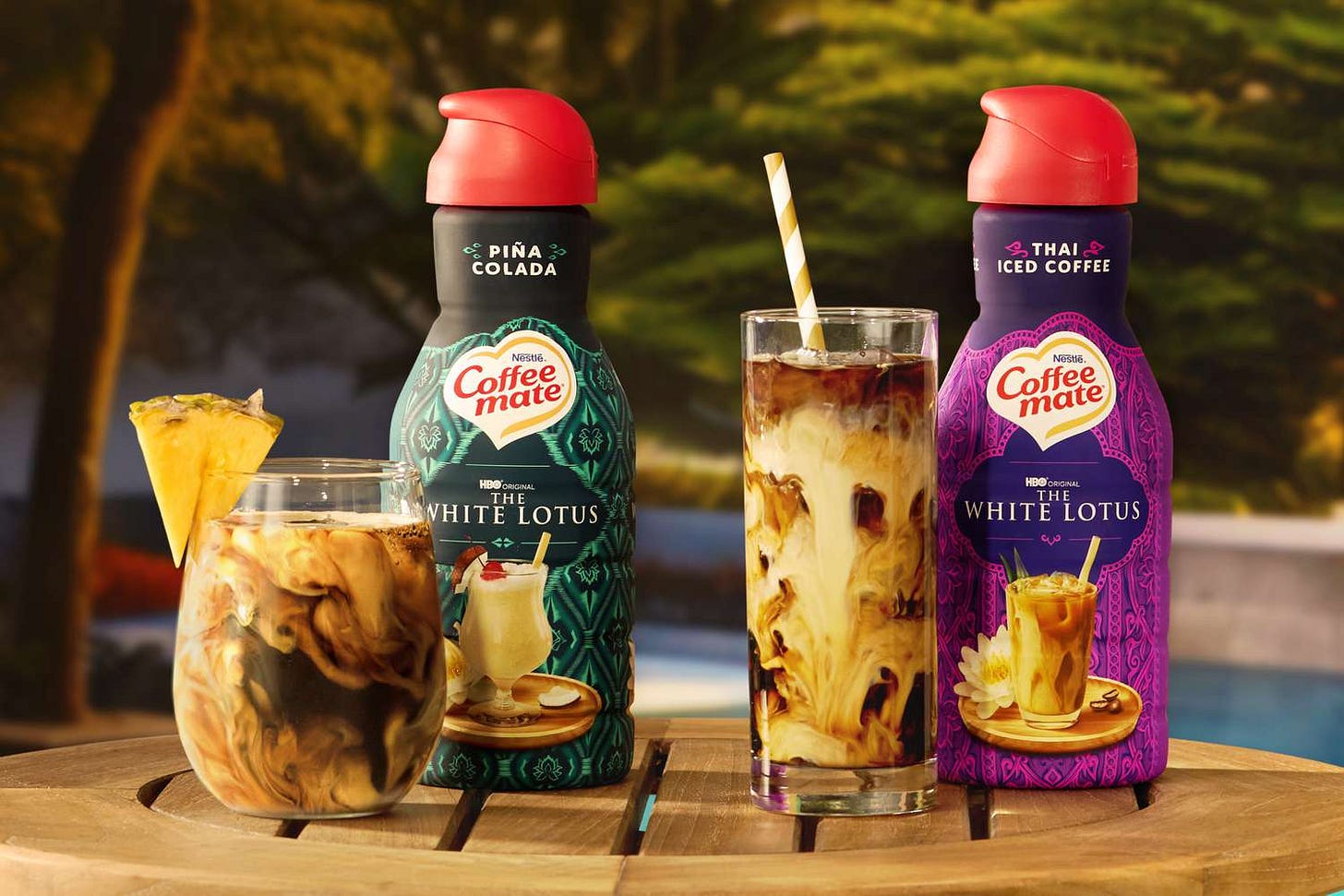





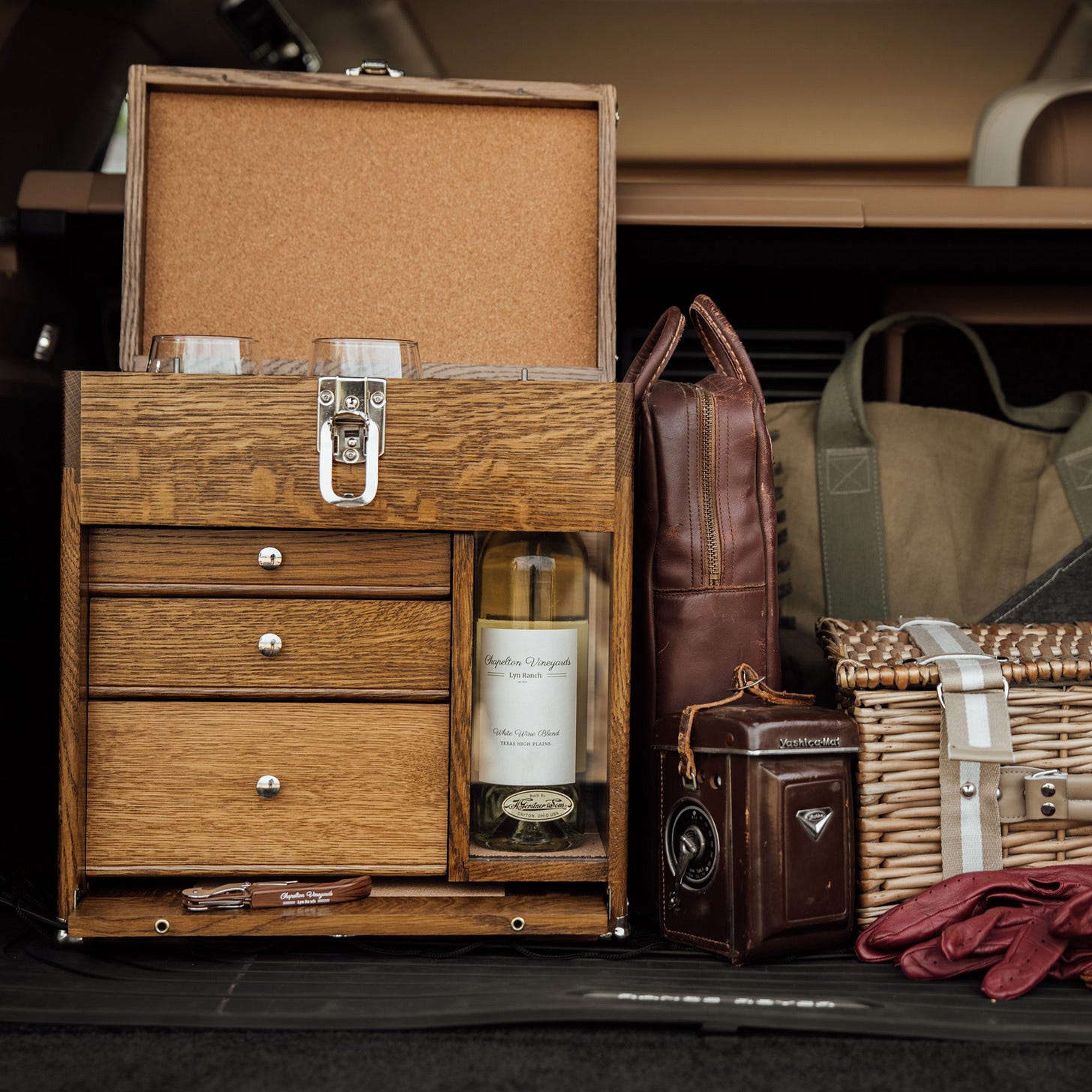
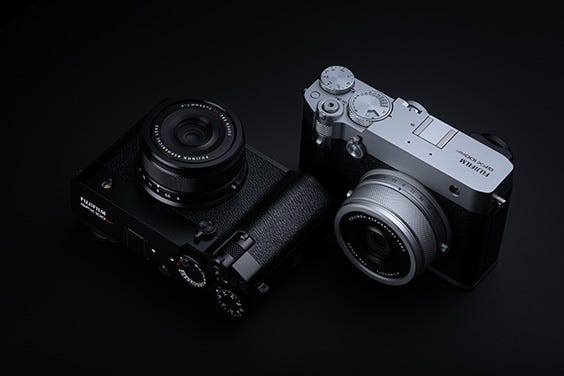
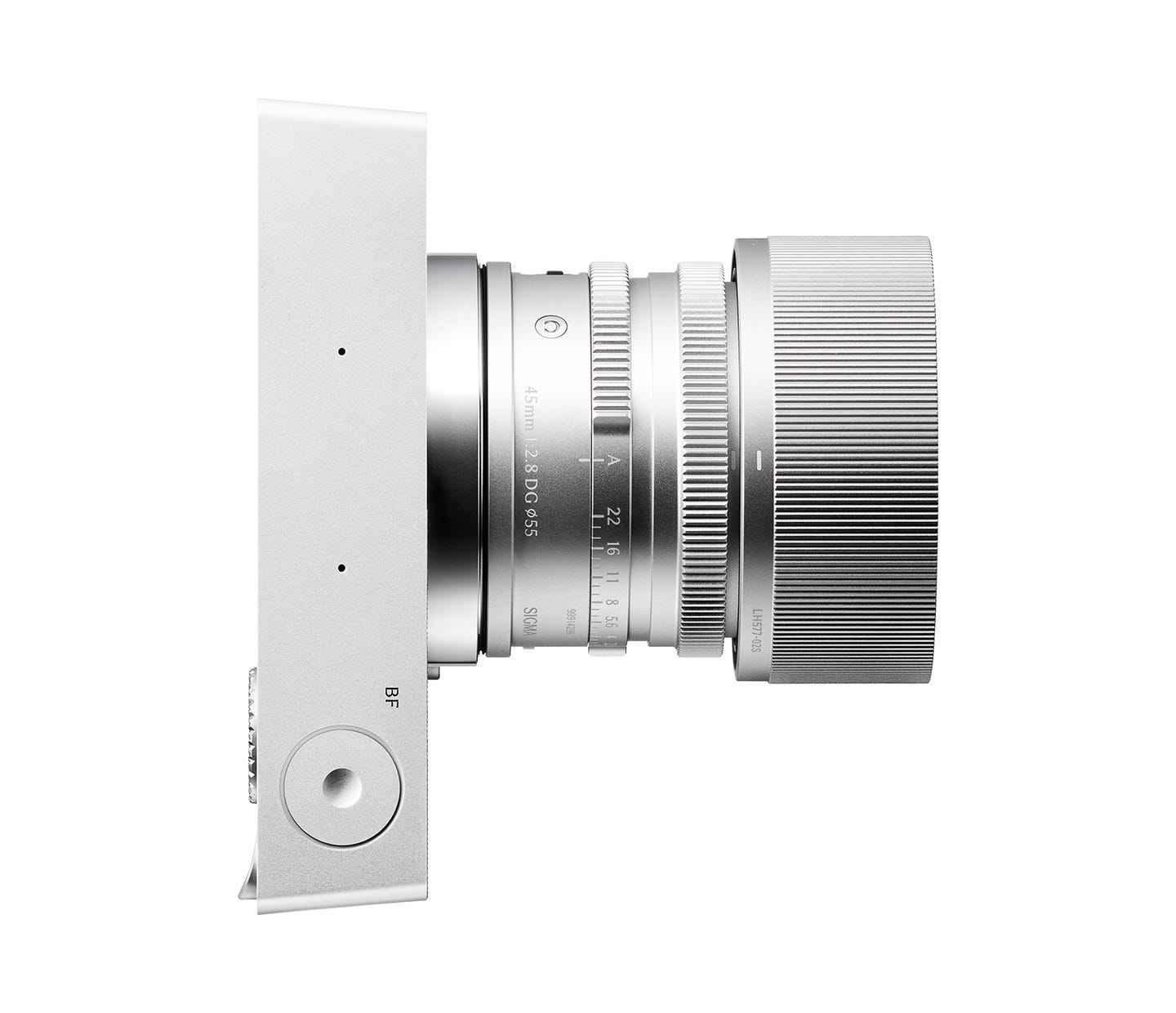
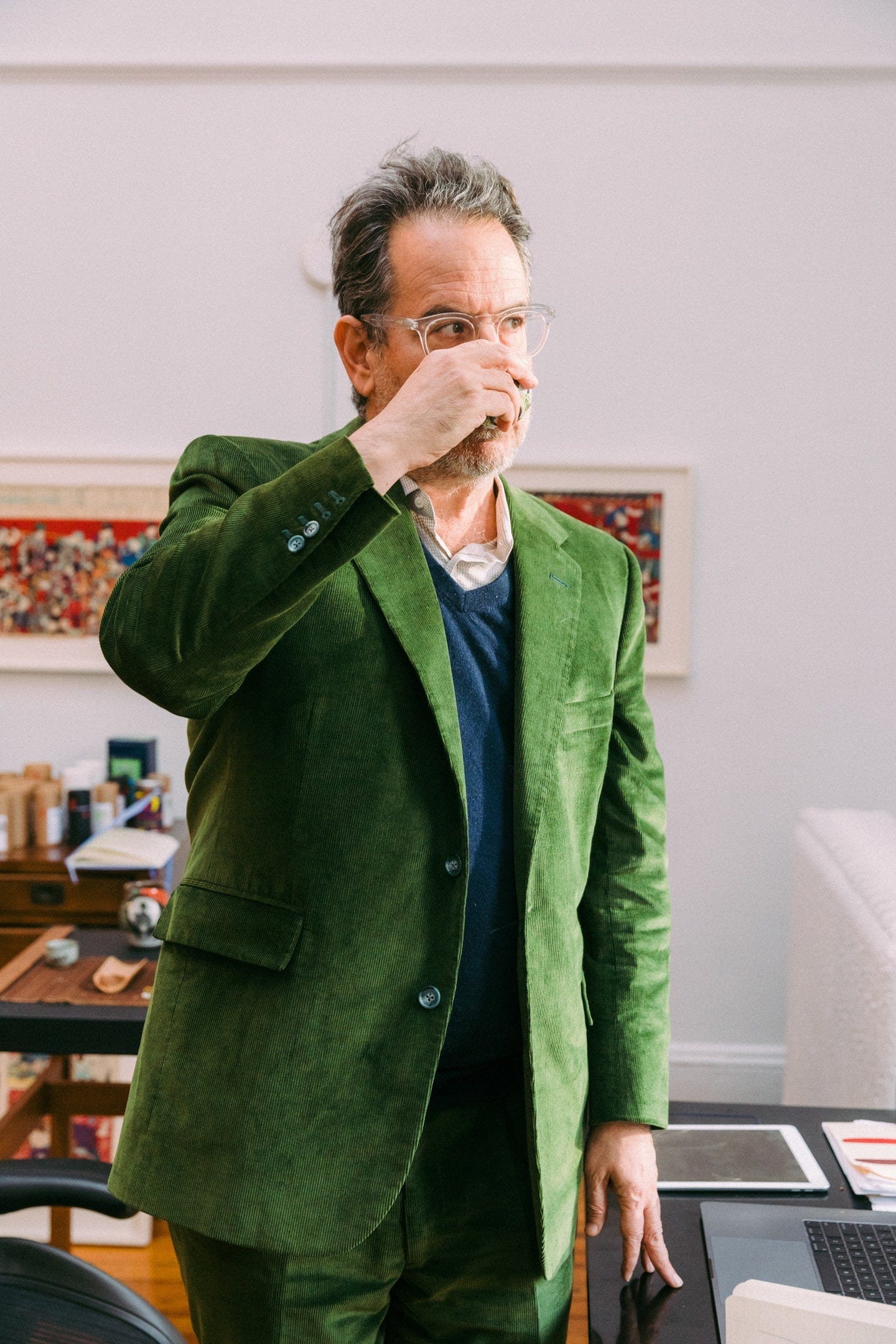

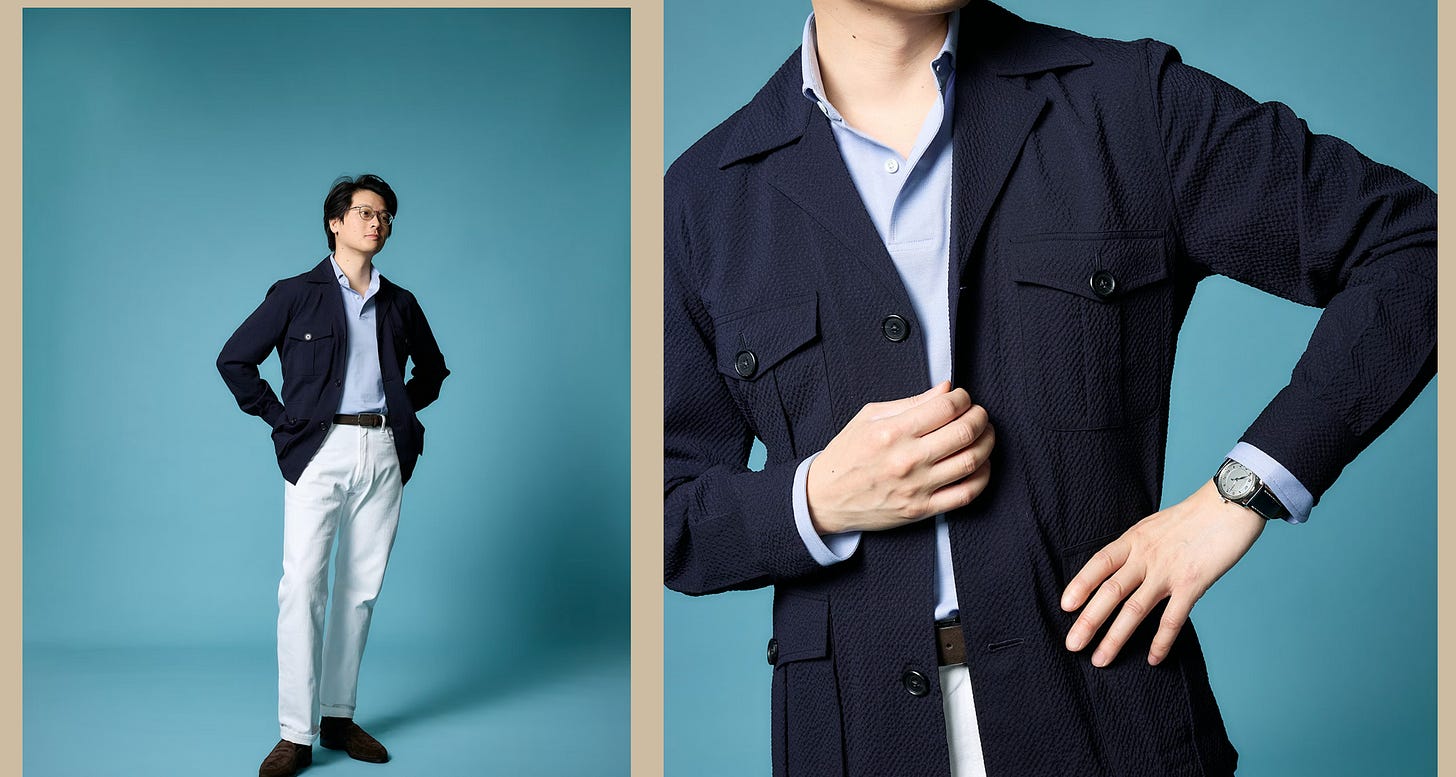
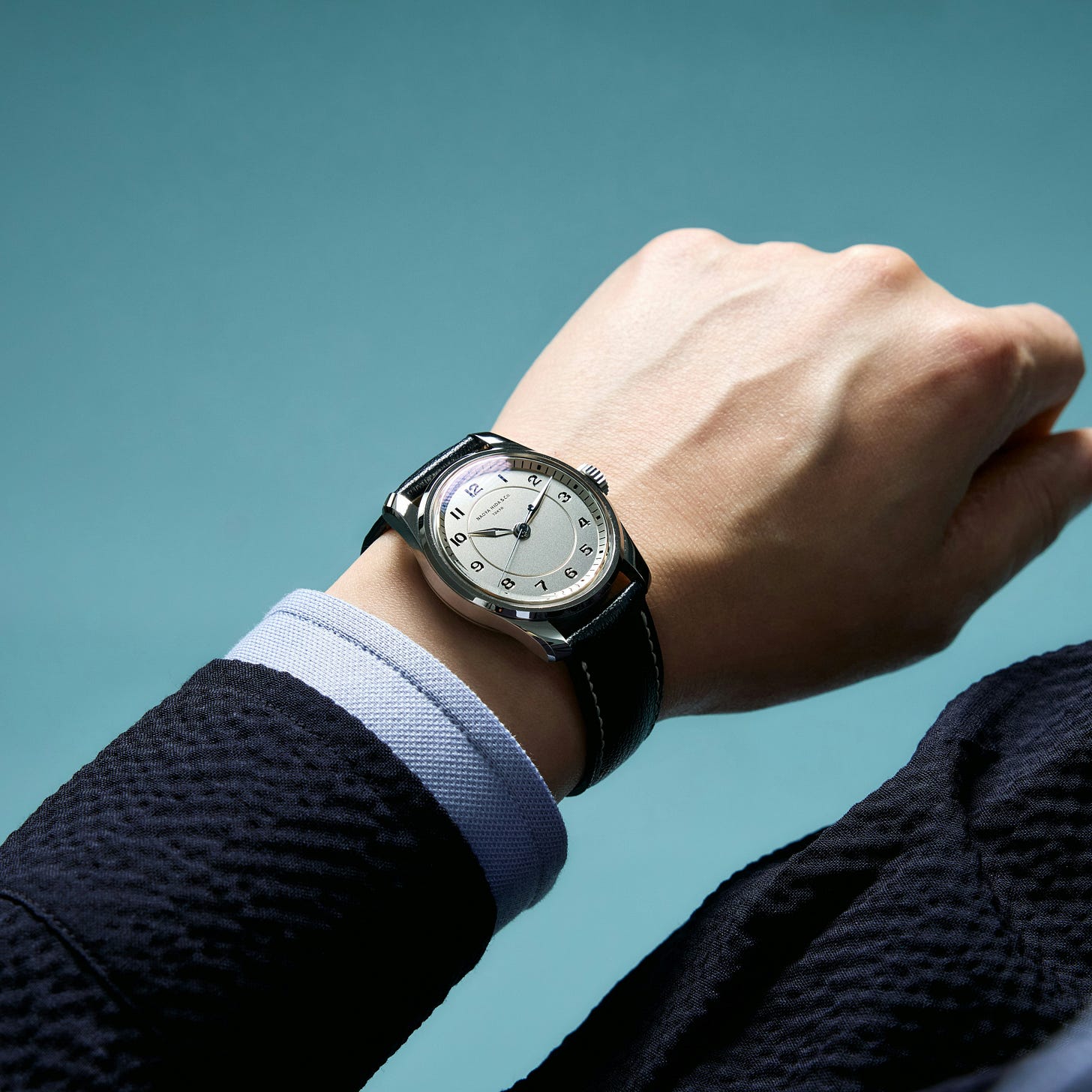
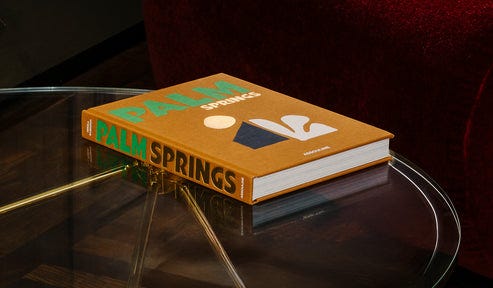
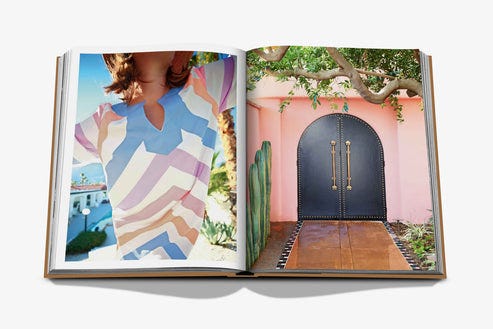
Coffeemate and Ninja blenders are probably both not too thrilled with the white lotus finale